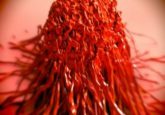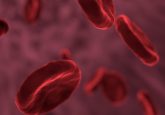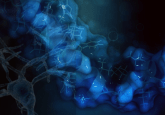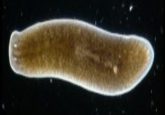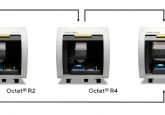The thirst for young blood: does young blood reverse aging?
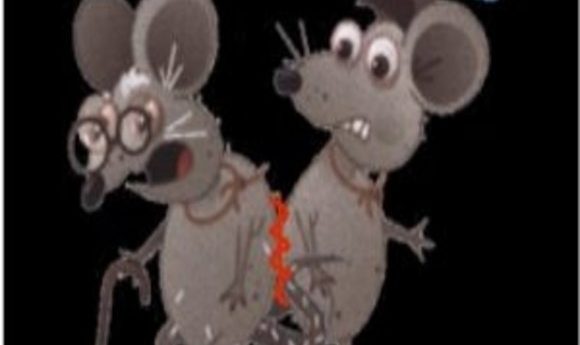
Obsessed with retaining your youth? Young blood is the answer.
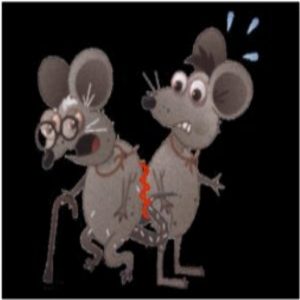
Society is obsessed with reversing the aging process to look and feel young again. This inclination dates back for hundreds of years and crosses cultures, where tales of villains hunting children to drain their blood or energy in exchange for a few days of youth lurk in folklore from around the world. While the idea may seem fanciful and even spooky, it is actually based in reality. In fact, researchers recently validated the age-reversing properties of young blood.
More than 200 hundred years ago, scientists began surgically joining young organisms with older organisms in a process known as heterochronic parabiosis to see what happened when the animals shared a single circulatory system. These experiments showed that aging reversed in the older organism, but the factors responsible for the change remained a mystery. Now, Irina Conboy’s group from the University of California, Berkeley used a newer protein-tagging method to track and identify the young blood–derived proteins responsible for muscle regeneration.
“It has been a long-standing question: what are the identities of young parabiotic factors that broadly rejuvenate old tissues? Previous approaches addressed it through more-or-less educated guesses and silver bullet candidates, some of which are controversial,” remarked Conboy.
While working in David Tirrell’s lab at Caltech, Conboy came across a new protein labeling technology known as Bio-Orthogonal Non-Canonical Amino acid Tagging (BONCAT), in which synthetic molecules similar to amino acids are incorporated into newly made proteins that are engineered for tagging. Her group applied this technology to profile the unknown young blood factors involved in muscle regeneration during parabiosis.
Conboy and her team surgically joined old mice to young transgenic mice expressing tagged proteins. After joining the mice, they injured the muscle tissue of the old mice and looked for factors that crossed from the young transgenic mice to the injured muscle. They identified 70 tagged proteins that appeared in the muscles of the old mice, some of which are known to play a role in muscle development. Additionally, they identified several factors understudied in the field of muscle regeneration, such as the hormone leptin, growth factor GDF5, developmental protein cerberus, leukocyte factors LIF, IL-10 and IL-22, and the tissue remodeling proteins TIMP1 and TIMP4.
“The identified young circulatory proteins that were found in muscle of old mice provide the most interesting conclusion of these studies,” said Conboy. “Not just one or two, but many of these young blood–derived proteins possess rejuvenating pro-myogenic properties, and moreover, they are expected to synergize when such young factors reach the old tissue simultaneously. This suggests that not just one, but many youthful circulatory factors improve the health of old tissues in heterochronic environments, and argue against a ‘one silver bullet’ approach to systemic rejuvenation,” said Conboy.
